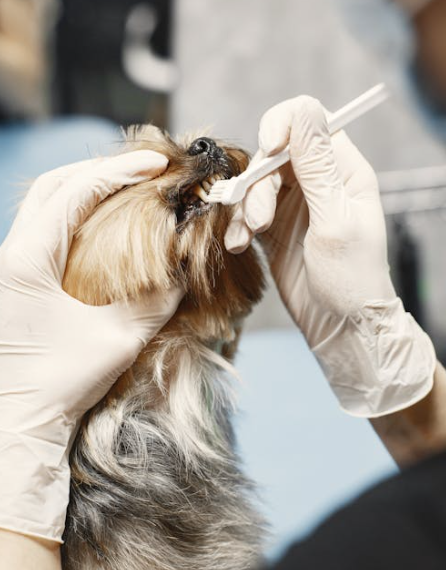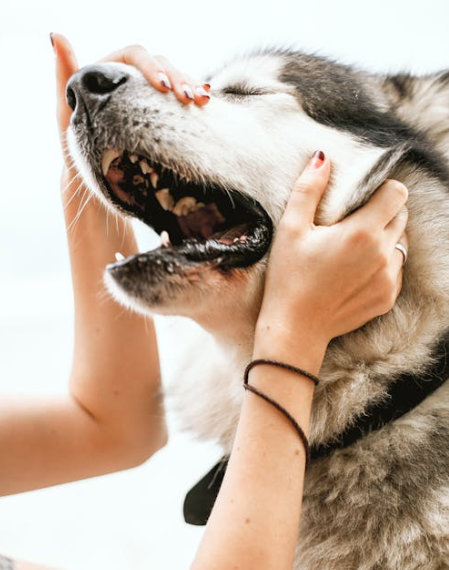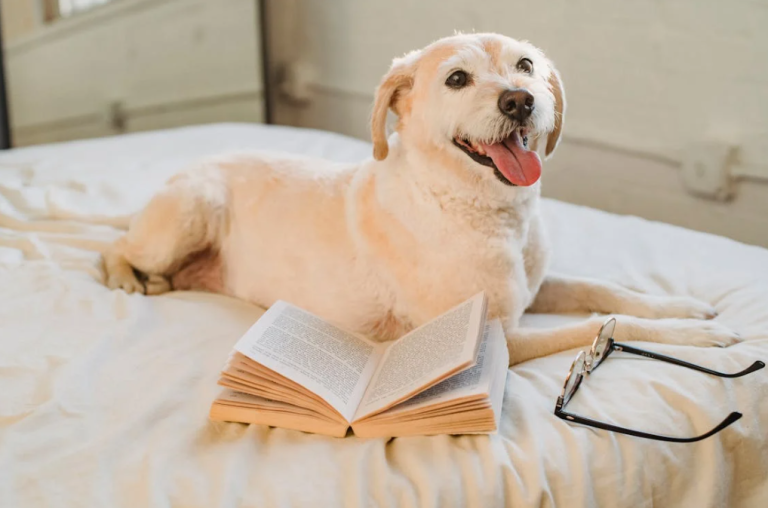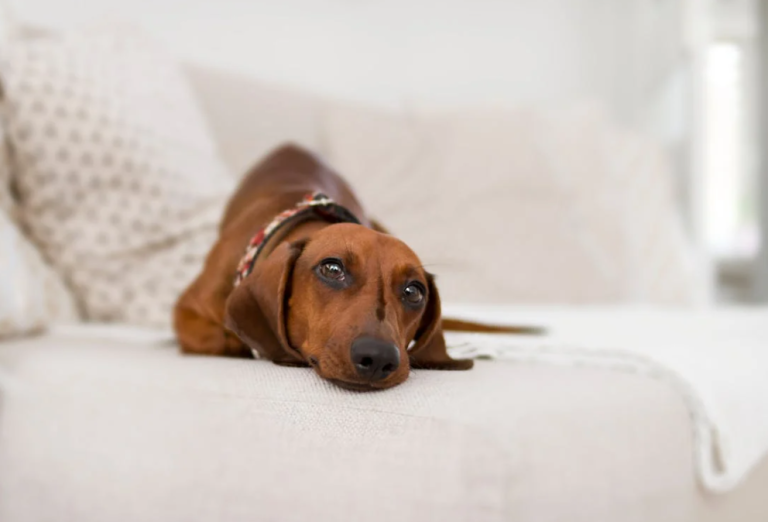Our senior pets hold a special place in our hearts. Their gentle wisdom and unconditional love bring us endless joy. As they age, their needs change, and grooming becomes an even more crucial part of their well-being. Here are some special considerations and tips to keep your senior pet looking and feeling their best:
Gentle Does It:
Senior pets often have thinner, more delicate skin. Ditch the harsh brushes and opt for softer options like rubber curry combs or slicker brushes. Be gentle during brushing to avoid causing any discomfort or irritation.
Bath Time TLC:
Frequent baths can be drying for senior pets. Aim for baths every 4-8 weeks, or even less frequently if their coat stays clean. Use lukewarm water and a gentle, senior-specific shampoo. Don’t forget to thoroughly dry your pet to prevent chills or skin irritation. Consider a waterless shampoo for a quick refresh between baths.
Mind the Mats:
Matted fur can trap moisture and harbor bacteria, leading to skin infections. Regular brushing helps prevent matting, but for seniors with advanced matting, a professional groomer’s expertise might be necessary. They can remove mats safely and ensure your pet’s comfort.
Nail Care Matters:
Thickened or brittle nails can be painful for senior pets and make walking difficult. Regular nail trims are essential to prevent discomfort and potential injuries. If you’re uncomfortable trimming your pet’s nails yourself, enlist the help of a groomer or veterinarian.
Earwax Woes:
Senior pets are more prone to ear infections. Regularly check their ears for redness, discharge, or a bad odor. Use a vet-recommended ear cleaner for gentle cleaning, following their instructions carefully. Avoid using cotton swabs, which can push wax deeper into the ear canal.
The Power of Positive Reinforcement:
Grooming time should be a positive experience for your senior pet. Use plenty of praise, gentle handling, and yummy treats to create a calm and relaxing environment. Keep grooming sessions short and sweet to avoid them getting tired or stressed.
Listen to Your Pet:
As pets age, they may experience pain or discomfort in certain areas. Pay attention to your pet’s body language during grooming. If they seem to flinch or whimper when you touch a specific area, stop and consult your veterinarian.
Senior-Friendly Grooming Tools:
Invest in grooming tools designed for senior pets. Ramped brushes can help reduce strain on your pet’s back, and non-slip mats can provide extra stability during brushing or nail trimming.
Grooming with Love:
Remember, grooming isn’t just about aesthetics. It’s a chance to bond with your senior pet, check for any health concerns, and provide them with much-needed TLC. By incorporating these tips into your routine, you can ensure your furry friend looks and feels their best throughout their golden years.
Consider a professional groomer who specializes in senior pet care. They have the experience and equipment to provide a safe and comfortable grooming experience for your older pet.






